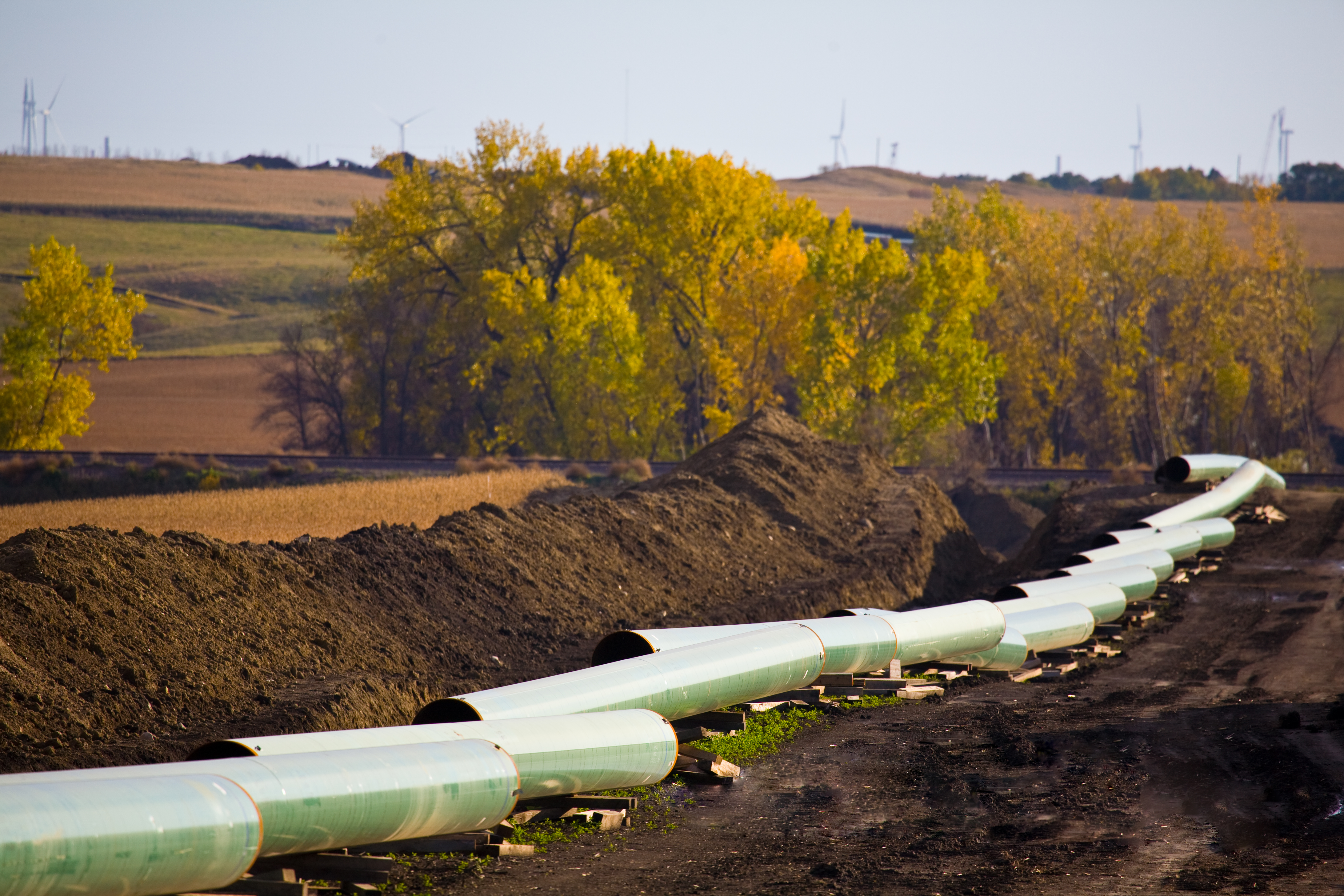WASHINGTON — For a stalled project, the proposed Keystone XL pipeline has been getting headlines for years. Over time, stopping its development has become a major goal for the environmental movement and a point of contention for politicians. A final decision by the Obama administration, more than five years in the making, could come shortly after the mid-term elections. For those not up to speed on the Keystone controversy, here is what you need to know.
What, exactly, is Keystone XL?
Keystone XL is a proposed pipeline that would carry crude oil from Alberta, Canada, to Steele City, Neb. It would measure three feet in diameter, measure nearly 1,200 miles in length and run through Montana, South Dakota and Nebraska.
Estimates greatly vary on the number of jobs the project would create, ranging from 35 permanent positions to tens of thousands.
When was it proposed?
The Keystone XL pipeline was proposed in 2008. Since then, a new construction application was filed in May 2012, allowing for a modified route.
Who is involved in the project?
A lot of entities. It was proposed by TransCanada Corp., a Canadian energy infrastructure development company. Canadian Prime Minister Stephen Harper is a proponent of the pipeline, urging the United States government to approve it.
Because the pipeline would cross international borders, the U.S. Department of State is involved in decision-making. In this case, the project will have to receive a federal permit from the White House because it falls under the president’s constitutional authority in foreign affairs.
At the state level, the Nebraska Supreme Court heard arguments last month on whether Republican Gov. Dave Heineman had the authority to approve the pipeline’s route through his state. A judge ruled in February that he did not, but the state appealed. The high court’s decision is pending. Other states affected have already approved the pipeline.
But isn’t there already a Keystone pipeline?
Yes. In fact, the Keystone Pipeline System consists of four phases; TransCanada received a presidential permit for the first phase in March 2008. It began operating in the U.S. in 2010 and transports oil from Alberta to Illinois.
Since then, the second and third phases – which extend the original pipeline to Oklahoma, then the Gulf Coast, respectively – were constructed and are currently in operation. Keystone XL would be the fourth and final phase.
So why is the Keystone XL leg such a big deal?
The initially proposed route for Keystone XL crossed two environmentally sensitive areas in Nebraska: the Ogallala Aquifer, which supplies water to the majority of the Great Plains, and the Sandhills, a major ranching area in the region.
The 2012 application filed by TransCanada to the Department of State took those concerns into consideration and redrew the pipeline’s route in attempt to bypass the areas in question. In January, the State Department issued its official environmental impact report for Keystone XL, which found only a limited impact on the environment.
However, farmers and environmentalists say that the new route is still too close for comfort, and also raise concerns about carbon emissions released by the pipeline.
When will a decision be made?
Not sure. It has already been more than six years since the initial application for XL was filed, and President Barack Obama has yet to issue a permit.
Last May, the U.S. House passed the Northern Route Approval Act, a bill that would allow the decision regarding Keystone XL to bypass presidential approval. It has not passed the Senate, though in April, 11 Democratic senators wrote a letter to Obama urging him to act and noting that the process had been “exhaustive in its time, breadth, and scope.”
Obama could make a decision after the mid-term elections in November, though it is also possible that a federal decision could be delayed until after the Nebraska Supreme Court hands down a ruling.
<iframe src=”//player.vimeo.com/video/108836999?byline=0&portrait=0″ width=”500″ height=”281″ frameborder=”0″ webkitallowfullscreen mozallowfullscreen allowfullscreen></iframe>

